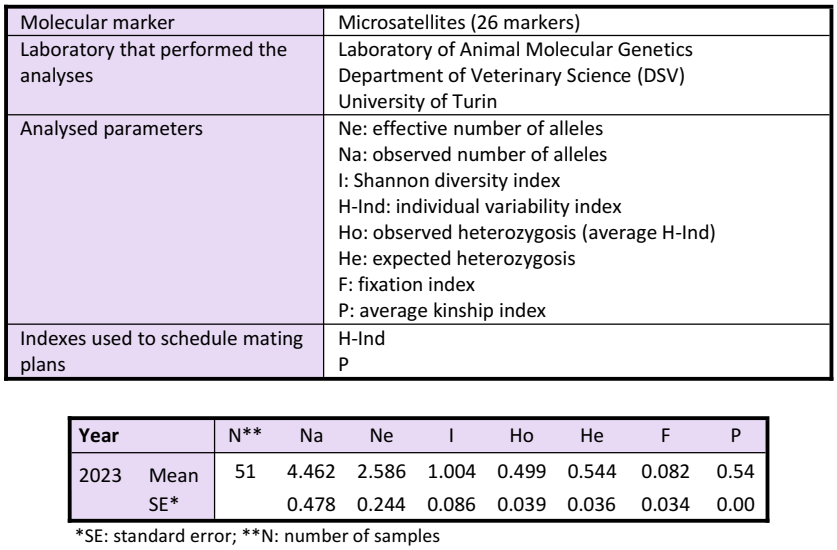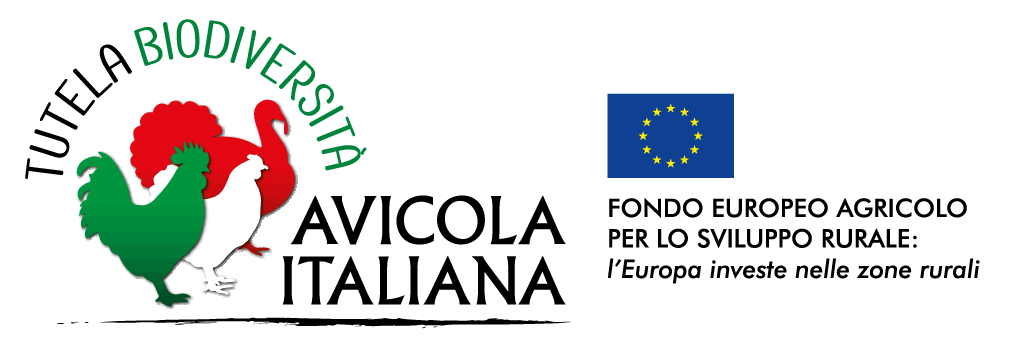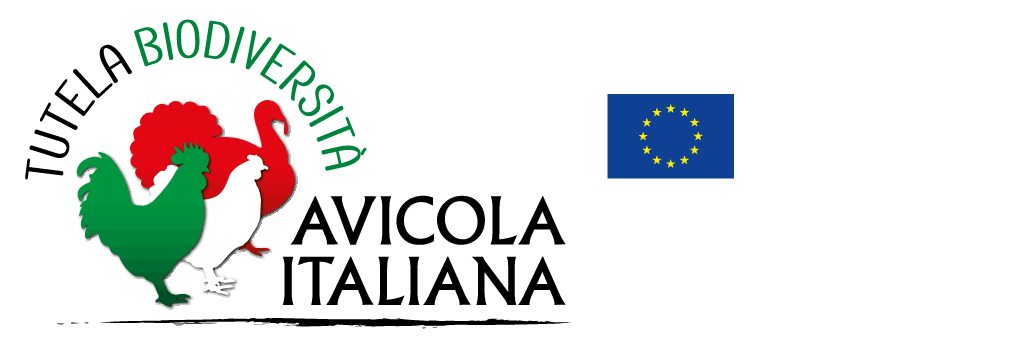Valdarno
Geographic origin: Tuscany, river Arno surroundings
Estimated total population size: 50 (Castillo et al., 2021)
Extinction risk status (FAO, 1998): Critical conserved
Any other specific information: Evidently rural chicken, elegant, lively
Historical origin of the breed
The name “Valdarno” derives from the original diffusion area of the breed, the valley extending north of river Arno, between Florence and Pisa. The breed was acknowledged by Italian Aviculture Society (Società Italiana d’Avicoltura), the official authority at that time, in 1905, and was still present in the territory at the end of the 1900s. It became extinct after the second world war. In 1998, the breed was selected again and officially presented at the Italian Poultry Competition.
Qualitative morphological traits
Feather morphology: Normal
Feather distribution: Normal
Plumage structure: Not too soft, well adherent to the body
Plumage colours: Black
Colour features: Single colour, without sexual dimorphism
Colour pattern: Uniform brilliant black, with strong beetle-green sheen, especially in the male; down slate to black
Comb type: Simple comb, quite developed, more than average size, bright red, upright in the male, gracefully falling to one side after the second spike in the female.
Comb spikes: Five to six spikes, well formed, broad at the base, quite deeply serrated, forming a regular curve, blade following the line of the head without touching the neck.
Ear-lobe colour: Porcelaine white
Beak colour: Black
Iris colour: Orange-red to dark red
Skin colour: White
Shank colour: Dark slate
Shank feathering: Free from feathers
Other specific and distinct visible traits: Face intense red, smooth and free from feathers; wattles bright red, quite long, not split, without folds or wrinkles
Genetic traits
Characterisation of nucleus populations with microsatellites and mating plans

The presented data were registered in nucleus populations conserved at the University of Florence (UniFI).
Technical data sheet
(The layout of the data sheet is ready for the booklet format. Print on both sides of paper, selecting “flip on short edge”.)
Germplasm collection
The breed is conserved in our Cryobank with 4 semen doses from 1 donor.
Latest update: December 3rd, 2024

